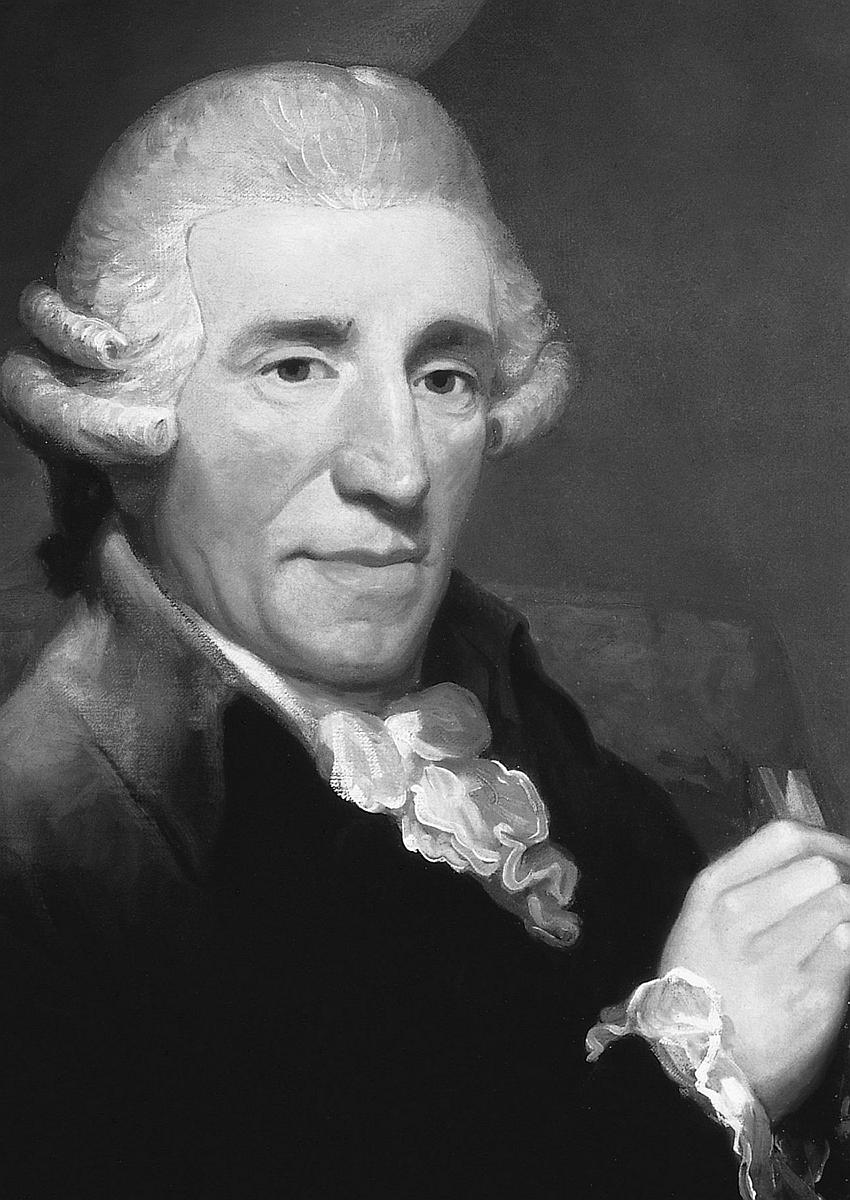MCO’s Inspirations can be heard on Sunday 19 March 2:30pm at Federation Square and online via Australian Digital Concert Hall; on tour at Wangaratta, Mt Beauty, Swifts Creek, Bairnsdale, Sale and Castlemaine.
Josef Haydn (1732–1809)
String Quartet No 67 in F major
I. Allegro moderato
II. Menuetto: Presto
III. Andante
IV. Finale: Vivace
Joseph Haydn (1732–1809) was one of the most celebrated composers of the eighteenth century and his extensive oeuvre spans most musical genres. Georg Feder and James Webster in Grove Online state, “he is familiarly known as the ‘father of the symphony’ and could with greater justice be thus regarded for the string quartet; no other composer approaches his combination of productivity, quality and historical importance in these genres.” Over his life he composed 68 string quartets.
The two Op 77 string quartets were the last completed quartets by Haydn and were written in 1799 and first published in Vienna in 1802. They were dedicated to Prince von Lobkowitz who had originally commissioned a set of six. Around this time Lobkowitz had commissioned Beethoven to compose his first set of string quartets Op 18.
Commenting on the Op 77 string quartets Richard Wigmore writing for Hyperion states that “They make a glorious culmination. With all the nonchalant mastery of technique acquired over five decades of quartet-writing, the Op 77 quartets encompass a vast range of experience, from rustic earthiness, through sociable wit and anarchic comedy, to Wordsworthian voyages across ‘strange seas of thought, alone’”.
The opening Allegro moderato is in sonata form. The lengthy first theme provides great material for development with changing textures and dynamics. Haydn has placed the Minuet as the second movement and marked it Presto. This takes on the character of a country dance with a contrasting and refined Trio. The lengthy Andante is a rondo where the main themes returns through a series of variations and developments. The Finale Vivace assai – again in sonata form – is light-hearted and dance-like with its rhythmic complexity and demanding counterpoint.
Caroline Shaw (b 1982)
Entr’acte
Caroline Shaw (b 1982) is an American composer, violinist and vocalist. Her website describes her as, “a musician who moves among roles, genres, and mediums, trying to imagine a world of sound that has never been heard before but has always existed. She works often in collaboration with others, as producer, composer, violinist, and vocalist. Caroline is the recipient of the 2013 Pulitzer Prize in Music, several Grammy awards, an honorary doctorate from Yale, and a Thomas J. Watson Fellowship.”
The composer writes: Entr’acte was written in 2011 after hearing the Brentano Quartet play Haydn’s Op. 77 No. 2 — with their spare and soulful shift to the D-flat major trio in the minuet. It is structured like a minuet and trio, riffing on that classical form but taking it a little further. I love the way some music (like the minuets of Op 77) suddenly takes you to the other side of Alice’s looking glass, in a kind of absurd, subtle, technicolor transition.
The work was first performed by the Brentano Quartet at Princeton University in April 2011. It was adapted for string orchestra in 2014.
Ludwig van Beethoven (1770–1827)
String Quartet No 11 in F minor Op 95 Serioso
I. Allegro con brio
II. Allegretto ma non troppo
III. Allegro assai vivace ma serioso
IV. Larghetto espressivo
Ludwig van Beethoven (1770–1827) composed chamber music across a wide range of genres – from instrumental solo sonatas to trios, quartets, quintets and more in various combinations of instruments. His string quartets are among the most important pillars of the chamber music repertoire. They build on the works of Haydn and Mozart and are in many ways the point of reference to the future development of the genre.
Quartet No 11 in F minor was composed in Vienna over 1810 and 1811, and is dedicated to his friend Count Nikolaus Zmeskall von Domanovecz. First performed in 1814, the work was published in 1816 as Op 95. Beethoven wrote to the English musician Sir George Smart: “the quartet is written for a small circle of connoisseurs and is never to be performed in public.” Given the title “Serioso” by the composer, the work is one of his shortest quartets. It is packed with intensity and drive and we see the composer experimenting with a diverse range of ideas and techniques.
The opening Allegro con brio is brisk and abrupt and is contrasted with a melodic second theme that forms the basis of the movement in sonata form. The Allegretto ma non troppo displays contrast between the opening interweaving melody that merges into sections of contrapuntal writing. The fierce Allegro assai vivace ma serioso is balanced with two trio sections. The final movement is introduced by a melancholy Larghetto espressivo that is followed by the Allegretto agitato with its sudden and abrupt changes bringing the work to a dazzling conclusion.
Notes: David Forrest

